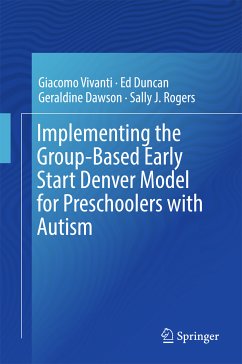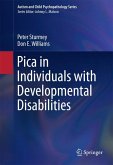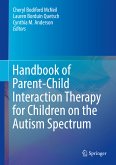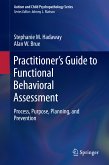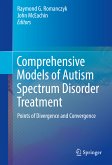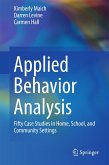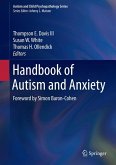This book examines a group-based adaptation of the Early Start Denver Model (ESDM) designed for use with preschoolers with autism spectrum disorder (ASD). It describes the principles and procedures of the Group-Based Early Start Denver Model (G-ESDM) and provides practical and empirical guidelines for implementing effective, affordable programs across public healthcare and educational settings. Chapters offer rationales and strategies for designing and evaluating interventions, building interdisciplinary teams, and organizing learning spaces to engage student interest. Examples discuss the social interactions in groups that provide opportunities for learning, improving interpersonal skills, and reducing problem behaviors. In addition, the book offers ideas for retooling teaching strategies when an individual child lags behind the rest of the group.
Featured topics include:
- Creating treatment objectives in the G-ESDM.
- Setting up the G-ESDM team and learning environment.
- Development of the G-ESDM classroom curriculum.
- Practical tools such as decision-making trees, teaching templates, and fidelity systems.
- Facilitating learning through peer interactions and social participation.
Implementing the Group-Based Early Start Denver Model for Preschoolers with Autism is a must-have resource for clinicians and practitioners as well as researchers, professors, and graduate students in the fields of child and school psychology, behavioral therapy, and social work along with psychiatry, pediatrics, and educational and healthcare policy.
Dieser Download kann aus rechtlichen Gründen nur mit Rechnungsadresse in A, B, BG, CY, CZ, D, DK, EW, E, FIN, F, GR, HR, H, IRL, I, LT, L, LR, M, NL, PL, P, R, S, SLO, SK ausgeliefert werden.
Es gelten unsere Allgemeinen Geschäftsbedingungen: www.buecher.de/agb
Impressum
www.buecher.de ist ein Internetauftritt der buecher.de internetstores GmbH
Geschäftsführung: Monica Sawhney | Roland Kölbl | Günter Hilger
Sitz der Gesellschaft: Batheyer Straße 115 - 117, 58099 Hagen
Postanschrift: Bürgermeister-Wegele-Str. 12, 86167 Augsburg
Amtsgericht Hagen HRB 13257
Steuernummer: 321/5800/1497
USt-IdNr: DE450055826
Bitte wählen Sie Ihr Anliegen aus.
Rechnungen
Retourenschein anfordern
Bestellstatus
Storno

